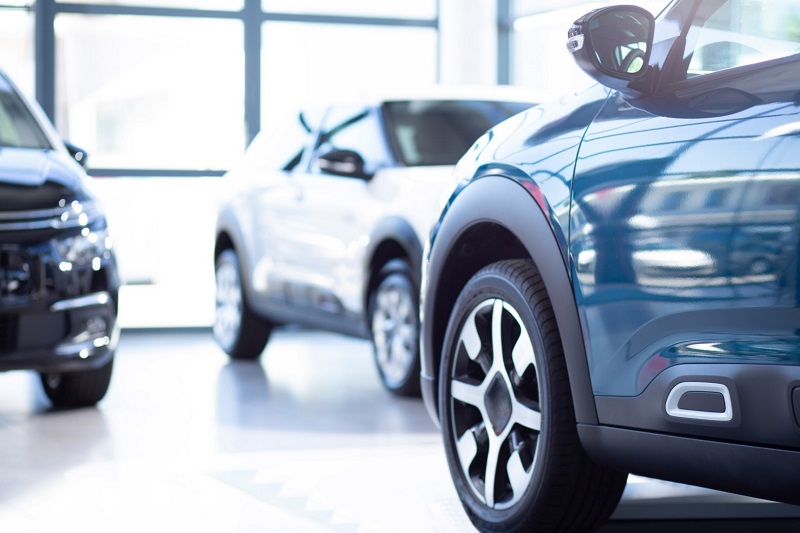
In Q4 2020, buyers paid on average 3.5% more for cars than in the previous quarter. Base models were 0.7% more expensive, and luxury equipped vehicles increased in price by more than 5%. This was due mainly to the highest trim levels of diesel vehicles, plug-in hybrids and hybrids, for which customers were given a broader engine choice. Behind the significant price increase also lay the replacement of older vehicle types with newer models – intergenerational replacement. The EY Price Index systematically monitors trends in the car market and their impact on consumers.
According to the EY Price Index, average car prices rose by more than 3% in the fourth quarter compared to the previous quarter. The key reason was the increase in prices for the highest trim levels, mainly due to the replacement of new models and the addition of the most powerful, and therefore most expensive, engines. Prices of vehicles with this equipment specification increased by more than 5% or CZK 40,000. The increase also affected the hybrid car market, where prices saw a 1.5% rise.
“Overall, vehicle prices rose by 3.5%, primarily due to the addition of new models in the compact category. Legislative pressure to reduce emissions meant manufacturers recorded higher costs, which were then reflected in prices for the end customer. In the monitored period, the largest price increase occurred in sports utility vehicles (SUVs), which of course have a larger emission footprint than smaller cars. Owing to the pandemic, lower car production is expected in the first quarter of 2021. In January of this year alone, for example, almost 12% fewer cars were produced in the Czech Republic than at the beginning of last year,” says Petr Knap, EY leading partner for the automotive sector in the Central, Eastern and South-eastern Europe and Central Asia region.
At less than 1%, the increase was not significant for base models. The largest price increase mainly affected SUVs, especially those with gas and diesel engines. From the point of view of engine type, plug-in hybrids became the most expensive in the base model category. On the other hand, diesel vehicles fell by 0.4%.